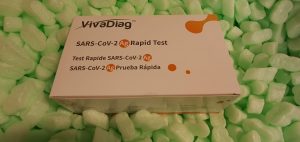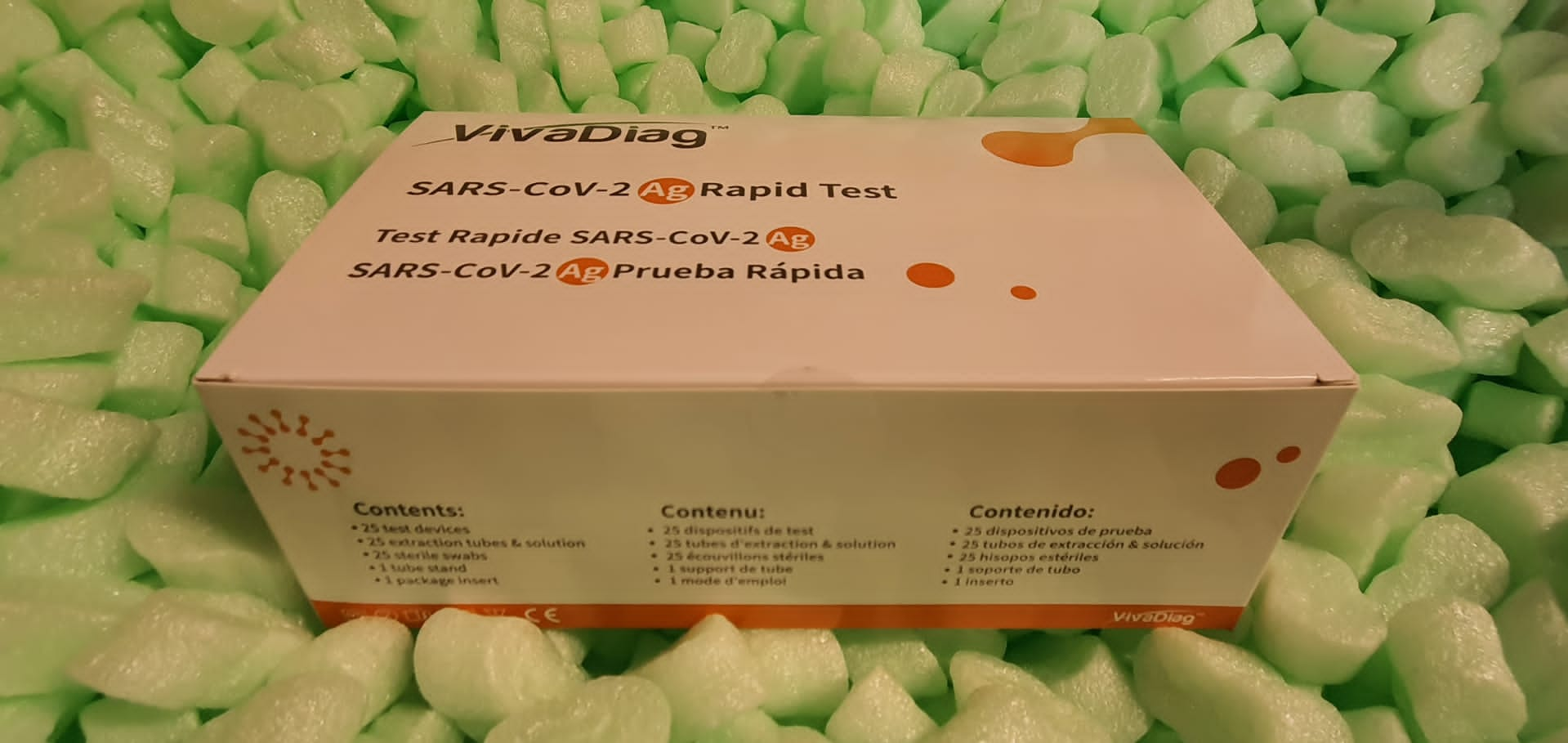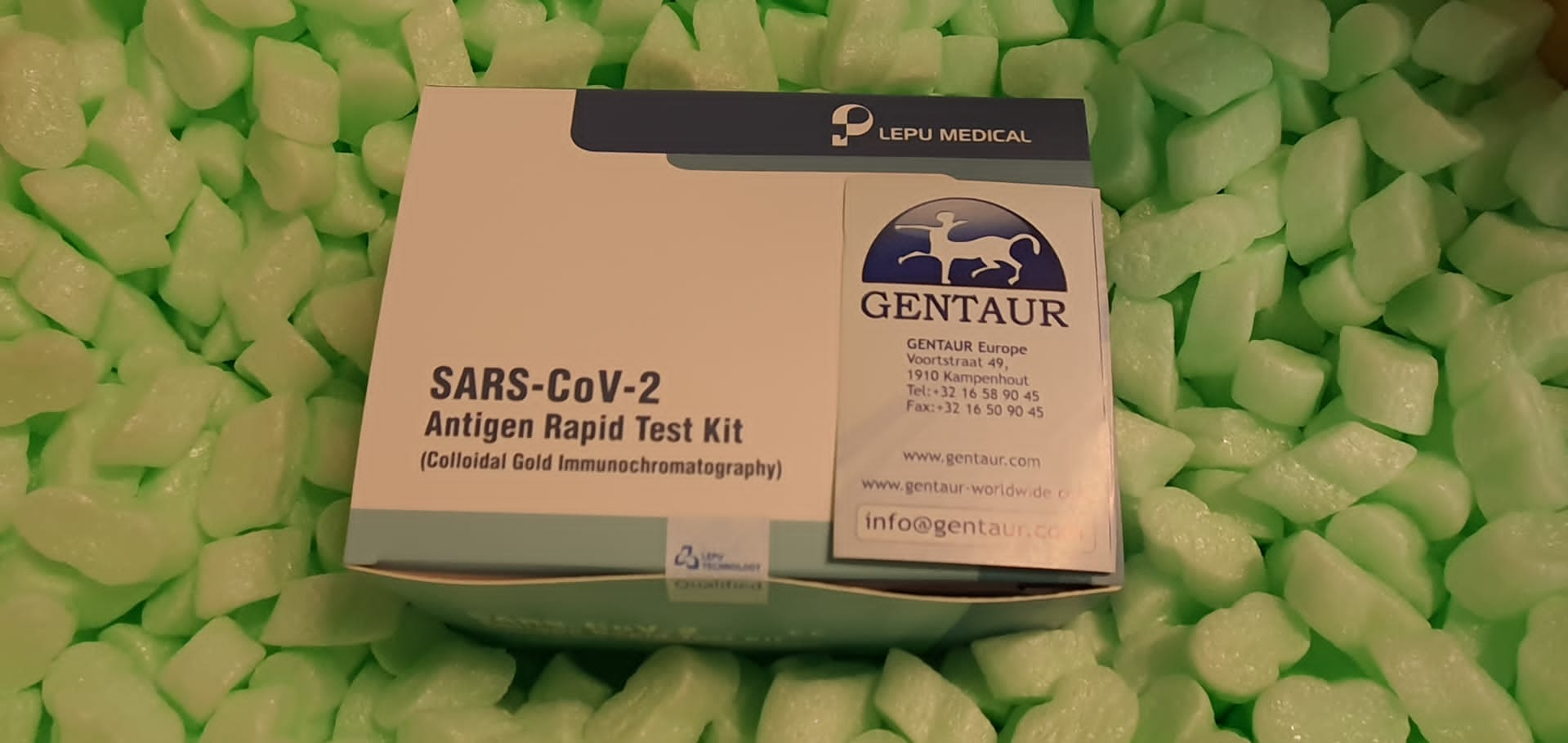Throughout April-October 2019, the West Valley Mosquito and Vector Management District (Ontario, CA) deployed giant numbers of In2Care® mosquito traps in a preliminary research to guage the lure’s potential effectiveness at controlling invasive Aedes aegypti (L.) and Ae. albopictus (Skuse) in 6 cities of San Bernardino County, CA. The lure was used to draw ovipositing females, expose them to the juvenile hormone mimic pyriproxyfen and the entomopathogenic fungus Beauveria bassiana, and autodisseminate pyriproxyfen to different water sources previous to their loss of life from fungal an infection.
The lure attracted Ae. aegypti and Culex quinquefasciatus, with the latter species predominating at a lot larger larval densities within the lure reservoirs. Subject-collected larvae and pupae from the lure reservoirs confirmed full grownup emergence inhibition. Moreover, the lure reservoirs retained excessive ranges of residual larvicidal, pupicidal, and emergence inhibition exercise after they have been retrieved from the sector, as indicated by laboratory bioassays in opposition to laboratory colony of Cx. quinquefasciatus. Outcomes of this research help extra detailed quantitative native evaluations on lure efficacy to measure the impression of the In2Care mosquito lure on wild invasive Aedes and Culex populations in future mosquito management efforts.
Micro organism detection and toxicity measurement are important in lots of points. Turning into more and more common lately, paper-based analytical units (PADs) have confirmed to be cost-effective, moveable and eco-friendly with quantitative diagnostic outcomes. On this work, by an easy soaking-drying technique, a resazurin-deposited PAD has been developed for fast micro organism detection and biotoxicity measurement. After recording and quantifying the colorimetric response with Hue worth by a smartphone, the bioassay on PAD allows the detection of resazurin discount kinetics distinction amongst micro organism at varied densities in 10 min.
Analyte Co-localization at Electromagnetic Hole Sizzling-Spots for Extremely Delicate (Bio)molecular Detection by Plasmon Enhanced Spectroscopies
Electromagnetic hot-spots at ultranarrow plasmonic nanogaps carry immense potential to drive detection limits right down to few molecules in sensors based mostly on surface-enhanced Raman or fluorescence spectroscopies. Nevertheless, leveraging the EM hot-spots requires entry to the gaps, which in flip will depend on the scale of the analyte in relation to hole distances. Herein, we leverage a well-calibrated course of based mostly on self-assembly of block copolymer colloids on a full-wafer degree to provide high-density plasmonic nanopillar arrays exhibiting a big quantity (>1010 cm-2) of uniform interpillar EM hot-spots.
The strategy permits handy handles to systematically differ the interpillar hole distances right down to a sub-10 nm regime. The outcomes present compelling traits of the impression of analyte dimensions in relation to the hole distances towards their leverage over interpillar hot-spots and the ensuing sensitivity in SERS-based molecular assays. Evaluating the detection of labeled proteins in surface-enhanced Raman and metal-enhanced fluorescence configurations additional reveal the relative benefit of fluorescence over Raman detection whereas encountering the spatial limitations imposed by the gaps. Quantitative assays with limits of detection right down to picomolar concentrations are realized for each small natural molecules and proteins.
The well-defined geometries delivered by a nanofabrication strategy are important to arriving at life like geometric fashions to ascertain significant correlation between the construction, optical properties, and sensitivity of nanopillar arrays in plasmonic assays. The findings emphasize the necessity for the rational design of EM hot-spots that takes into consideration the analyte dimensions to drive ultrahigh sensitivity in plasmon-enhanced spectroscopies. The colorimetric response on the PAD was generated from metabolic discount of resazurin by Enterococcus faecalis, a facultative anaerobic bacterial pressure.

Proteomics Complementation of the Rat Uterotrophic Assay for Estrogenic Endocrine Disruptors: A Roadmap of Advancing Excessive Decision Mass Spectrometry-Primarily based Shotgun Survey to Focused Biomarker Quantifications
The broadly used rat uterotrophic assay to evaluate identified and potential estrogenic compounds solely considers uterine weight achieve as endpoint measurement. To enrich this technique with a sophisticated expertise that reveals molecular targets, we analyzed modifications in protein expression utilizing label-free quantitative proteomics by nanoflow liquid chromatography coupled with high-resolution mass spectrometry and tandem mass spectrometry from uterine protein extracts of ovariectomized rats after each day 17β-estradiol publicity for 5 days as compared with these of vehicle-treated management animals.
Our discovery-driven research revealed 165 uterine proteins considerably regulated by estrogen therapy and mapped by pathway analyses. Estrogen-regulated proteins represented cell loss of life, survival and improvement, mobile development and proliferation, and protein synthesis as prime molecular and mobile capabilities, and a community discovered with the presence of nuclear estrogen receptor(s) as a outstanding molecular node confirmed the relevance of our findings to hormone-associated occasions. An exploratory utility of focused proteomics to bisphenol A as a widely known instance of an estrogenic endocrine disruptor can be introduced.
[Linking template=”default” type=”products” search=”Clostridium tetani toxin 5S IgG plus quantitative” header=”2″ limit=”152″ start=”2″ showCatalogNumber=”true” showSize=”true” showSupplier=”true” showPrice=”true” showDescription=”true” showAdditionalInformation=”true” showImage=”true” showSchemaMarkup=”true” imageWidth=”” imageHeight=””]
Total, the outcomes of this research have demonstrated the facility of mixing untargeted and focused quantitative proteomic methods to determine and confirm candidate molecular markers for the analysis of endocrine-disrupting chemical compounds to enhance a traditional bioassay. We current a reproducible process for remodeling somatic embryos of cork oak with the CsTL1 gene that codes for a thaumatin-like protein, as a way to confer tolerance to Phytophthora cinnamomi. Completely different concentrations/mixtures of the antibiotics carbenicillin and cefotaxime, as bacteriostatic brokers, and kanamycin, as a selective agent, have been examined. A deadly dose of 125 mg/L kanamycin was employed to pick out transgenic somatic embryos, and carbenicillin was used as a bacteriostatic agent at a focus of 300 mg/L, which doesn’t inhibit somatic embryo proliferation.

